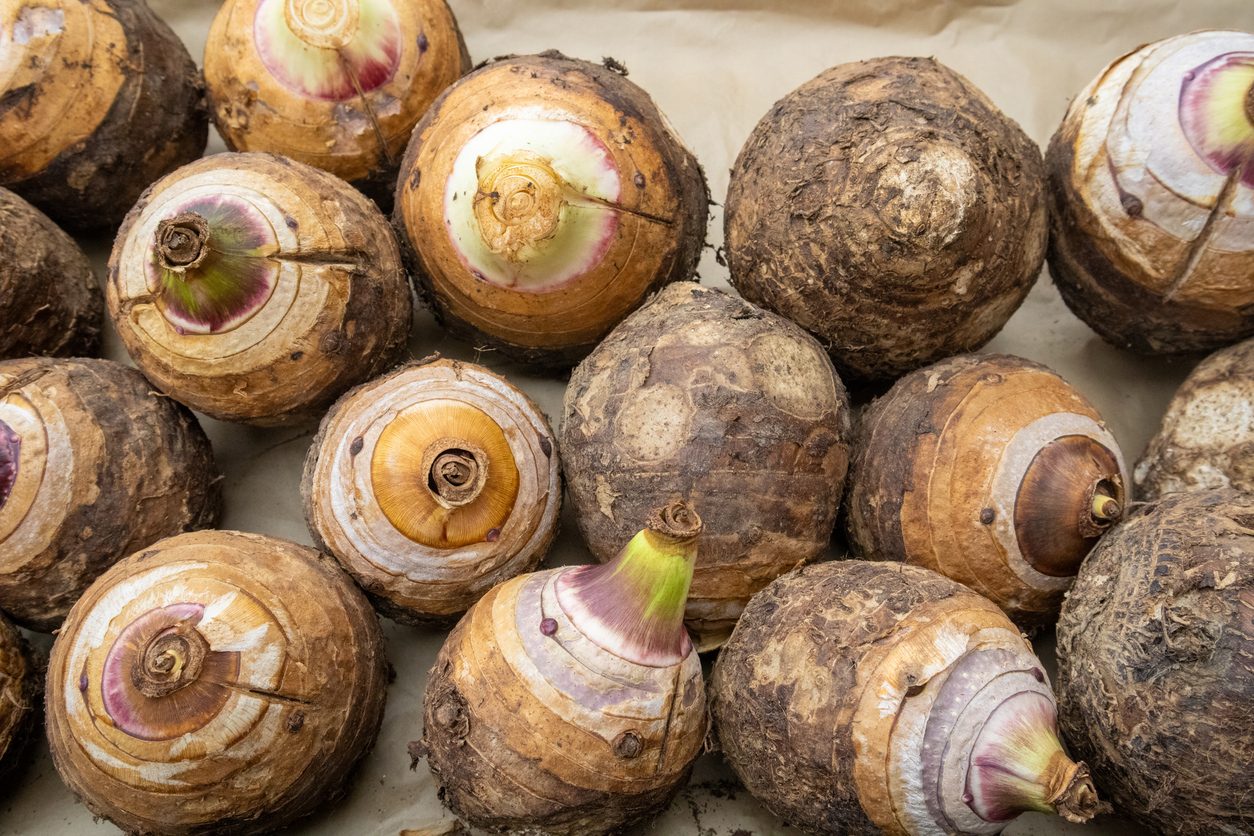Here’s Everything You Need To Know About Capers
Capers are native to Mediterranean and so, are commonly likened to olives. Capers are, however, the immature flower buds from the caper bush known to grow all over the Mediterranean. Also, capers are packaged in their pickled form, giving them a distinct briny — but very delicious! — taste. Read on for more about this exotic superfood.
;Resize,width=742;)
Capers are immature flower buds from the Capparis spinosa, which is also known as the "caper bush." Although they have a slightly similar size to olives, the caper buds are picked before they can bloom into flowers. So, the smaller the size of a caper bud, the earlier it was picked.
If left unharvested, caper buds grow and bloom into pink and white flowers which go on to produce the other important part of the plant, the caper berries, which are larger but also commonly eaten pickled.
How Are Capers Consumed?
Capers are small, green, round, and have a size similar to corn kernels. They are popularly enjoyed in their pickled form and used to season or garnish meals. You'll most likely be served capers at a Greek or Italian restaurant, find them in tartar sauce, or served alongside salmon dishes.
What Do Capers Taste Like?
Capers are known for their signature tangy taste which provides a lemony, olivey burst of flavor to meals. This intense taste is found to be because it contains mustard oil (methyl isothiocyanate) that is released from glucocapparin molecules.

Are Capers Nutritious?
Yes. Capers are, infact, called superfoods because they are low in cholesterol and yet a good source of protein, fiber, calcium, iron and numerous vitamins!
Warning: eat pickled capers in moderation as they're high in sodium!

Here Are Common Substitutes for Capers
There's nothing like the amazing flavors and texture of capers. So, be sure to keep an eye out for them near the pickle and olive aisle in your grocery store!
On instances when you can't find capers, try using these other food items that have a similarly potent flavor. They are:
- Green olives
- Thyme, and
- Pickled artichoke hearts.
Note: Although thyme is inexpensive and can be a potent seasoning for your dishes, it won't add texture like green olives and the pickled artichoke hearts would.
;Resize,width=767;)
;Resize,width=712;)

;Resize,width=712;)
